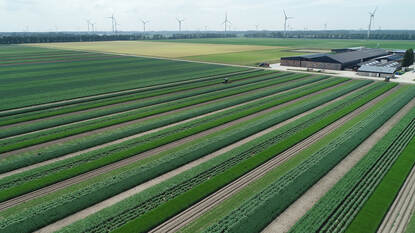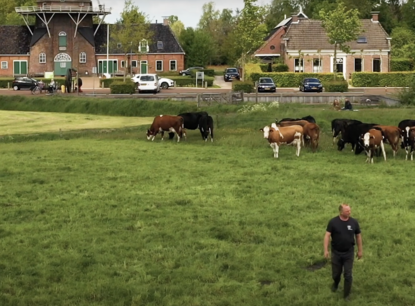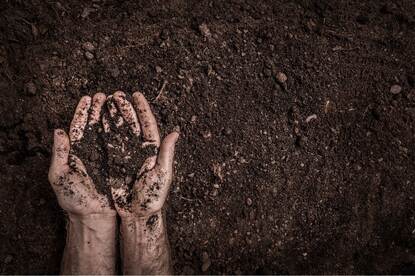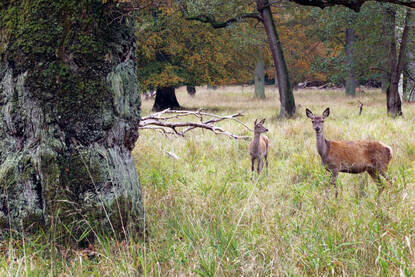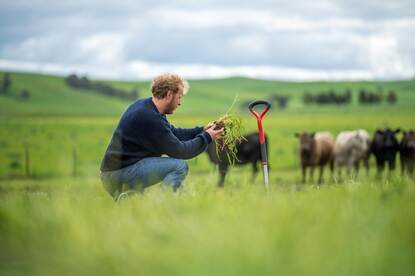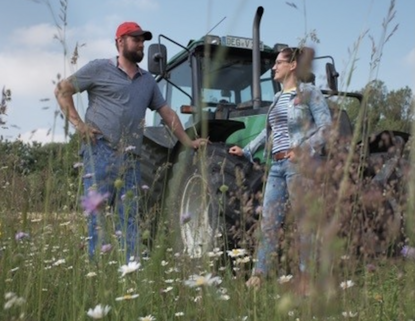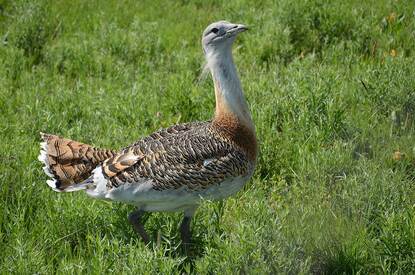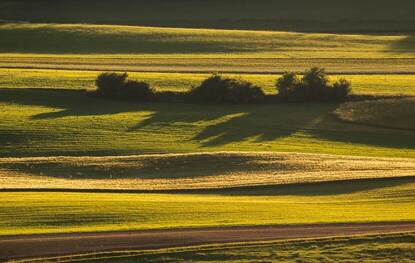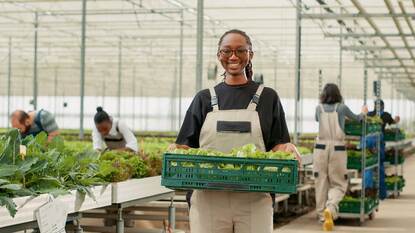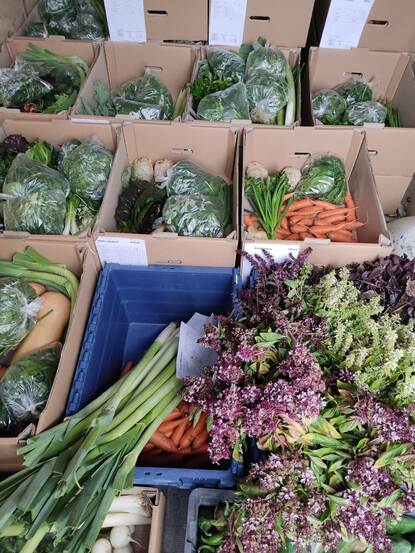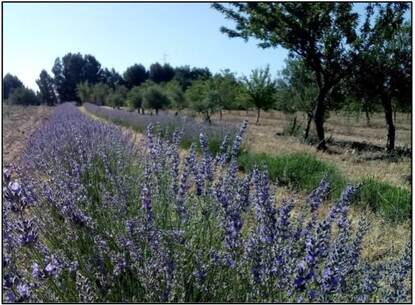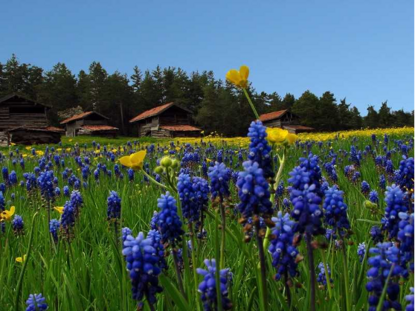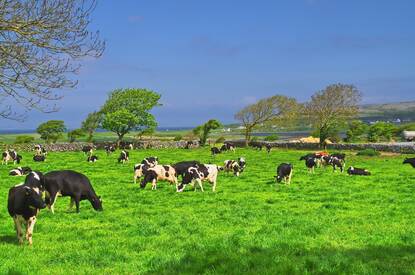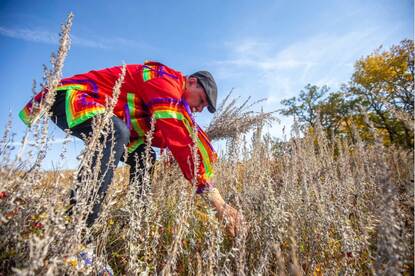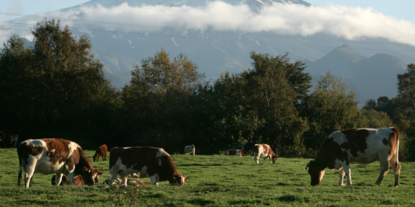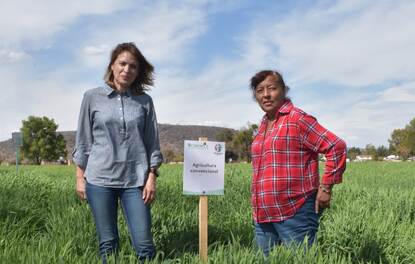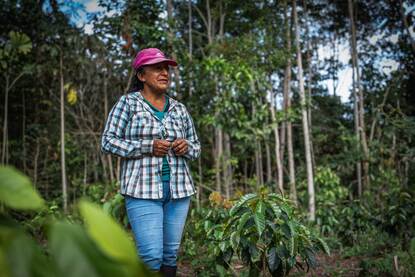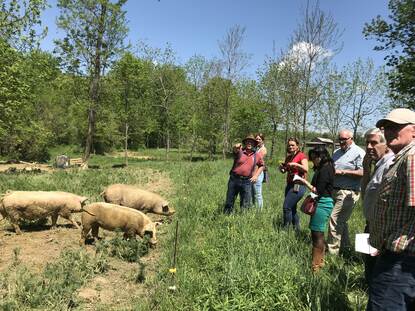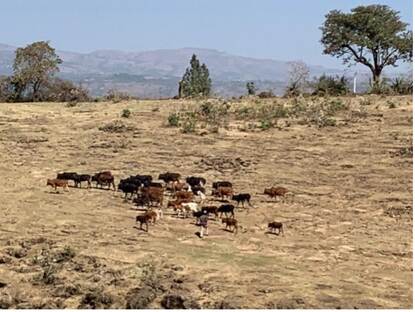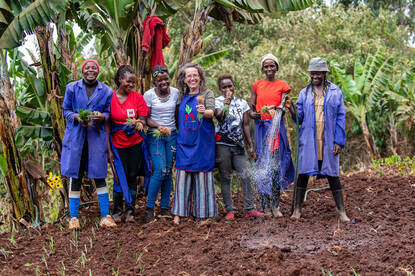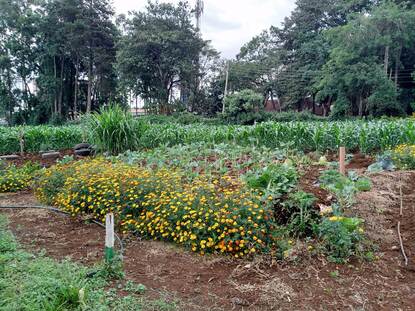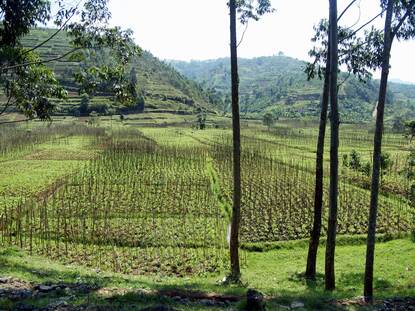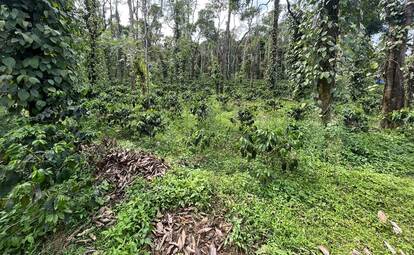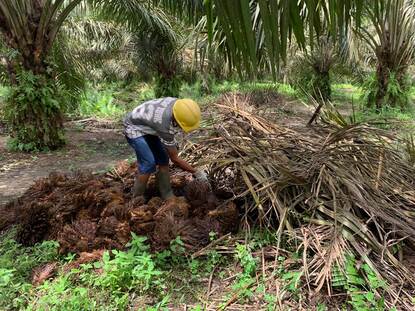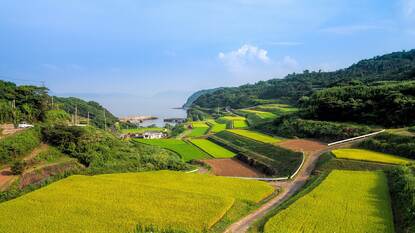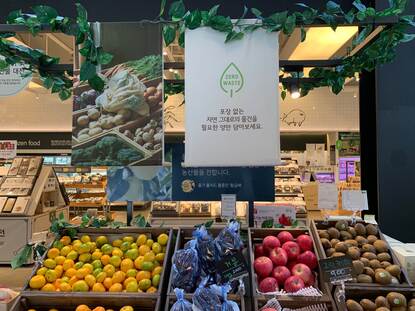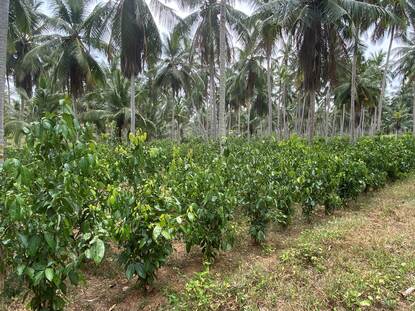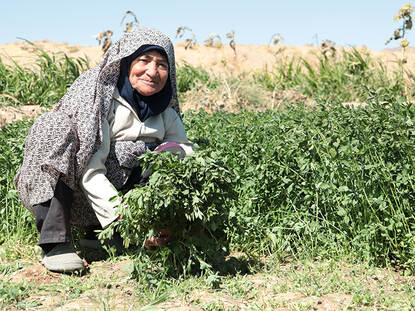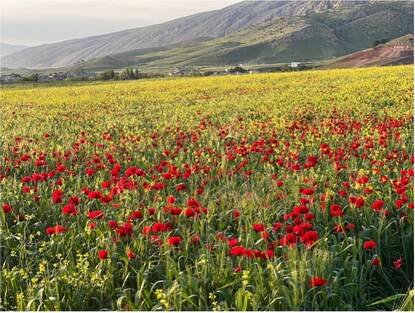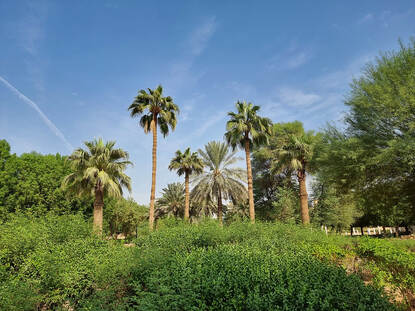Foto Shutterstock
Reindeer husbandry is important in Norway. And a branch of livestock farming uniquely nature-inclusive. Unfortunately, climate change and the energy transition are increasingly causing problems for reindeer owners which the government is struggling to solve. It shows countries like the Netherlands, that similarly to Norway look at solar and wind power to solve their energy problems: even with the best intentions and focus on the right things, nature may still suffer.
Currently, there are around 250,000 reindeer that are mostly owned and managed by approximately 3,000 Sámi herders. As reindeer meat is considered a delicacy, about one-third of all reindeer are slaughtered each year. With an average weight of 22.5 kg, this yields 1,900 tonnes of meat. Some of the meat is used by the herders themselves. About 1,100 tonnes of reindeer meat and meat products are sold commercially and their hides and antlers are also processed and sold.
The reindeer herds in Norway move between different grazing areas throughout the year, in tune with the natural cycle of the seasons. In summer, the reindeer graze on mountain pastures, while in winter they migrate to coastal areas out of necessity to feed on seaweed. The Sámi know how to protect their herds from bad weather, predators and disease as well as how to ensure the best conditions for calves and to avoid overgrazing.
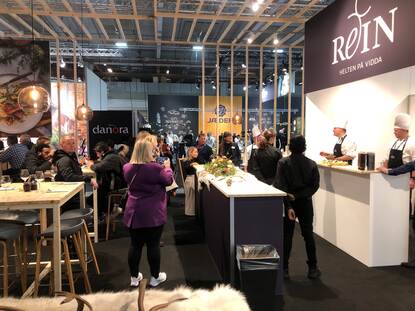
Delicate balance
The whole system is a delicate balance between what nature can supply and what the herds need. This balance is deeply embedded in Sámi culture and consciousness and has been passed down from generation to generation. This is recognized by the Norwegian government, which regulates the reindeer industry through the Reindeer Husbandry Act. Thus, it aims to protect the traditional Sámi way of life and - just as important - to ensure the sustainable management of reindeer herds.
Threat
Unfortunately, climate change is having a decided impact on reindeer husbandry. A warmer climate in the far north means less snow and more ice. Warmer and wetter winters make it more difficult for reindeer to find food, as their prime staple of lichen – instead of being covered with snow- freezes into ice.
More extreme weather conditions also complicate the work of reindeer herders. With fewer grazing opportunities, reindeer need more space to move around, Unfortunately, there is a lot of competition for land, even in Norway.
In addition, the energy transition poses a threat to reindeer husbandry. A recent example are the wind turbines on the Fosen peninsula. Two siidas, reindeer-based communities comprising of six southern Sámi families, practice reindeer husbandry on Fosen. In 2010 the Norwegian Directorate of Water Resources and Energy (NVE) decided to issue a license for multiple wind farms, hosting 151 wind turbines while there are about 2.100 reindeer grazing. Unfortunately, those turbines are located in areas which are suitable and needed for late winter grazing of the reindeer.

Lawsuit
The reindeer herders filed a lawsuit, claiming that the development violates their rights to their native culture, which are explicitly protected by law in Norway. The Supreme Court ruled in their favor. In a judgment on October 11, 2021, the government’s decision on the license was declared invalid.
The ruling means that large areas of northern Norway are now protected from new projects, but the 151 wind turbines on the Fosen peninsula near Trondheim will continue to operate. The government apologized, but says Terge Haugen, a concerned reindeer herder: 'This does not give our animals more grazing land.'
‘The whole system is a delicate balance between what nature can supply and what the herds need’
No compensation
Unfortunately, no alternative area can be found as compensation. And keeping the reindeer in an enclosure for about 90 days in winter is unacceptable to the Sámi, involving extra costs and affecting the wellbeing of the reindeer. At the same time, shutting down the wind turbines during the winter season is not an option either.
The Sámi and Norwegian government have tried to find a solution to this impasse, but their attempts have come to a stop, because the Sámi feel they’re not being taken seriously and no longer want to talk to/with the authorities. For them, one thing is clear: they are determined to preserve their traditional way of life and ensure the long-term sustainability of the reindeer industry.
The Norwegian reindeer industry serves as an example for other countries, like the Netherlands. It shows that, with the right protection, a nature inclusive sector may grow into an appreciated supplier of delicacies. But there is a warning as well. Even with the best intentions and focus on the right things, nature still may suffer.
Contact
Would you like to know more about the current developments in the domain of agriculture and nature in Scandinavia or contact the agricultural team at the Netherlands Embassy in Denmark?
You can visit the country page of Scandinavia at the website agroberichtenbuitenland.nl of the Netherlands ministry of Agriculture, Nature and Food Quality. You can also send an email to KOP-lnv@minbuza.nl


